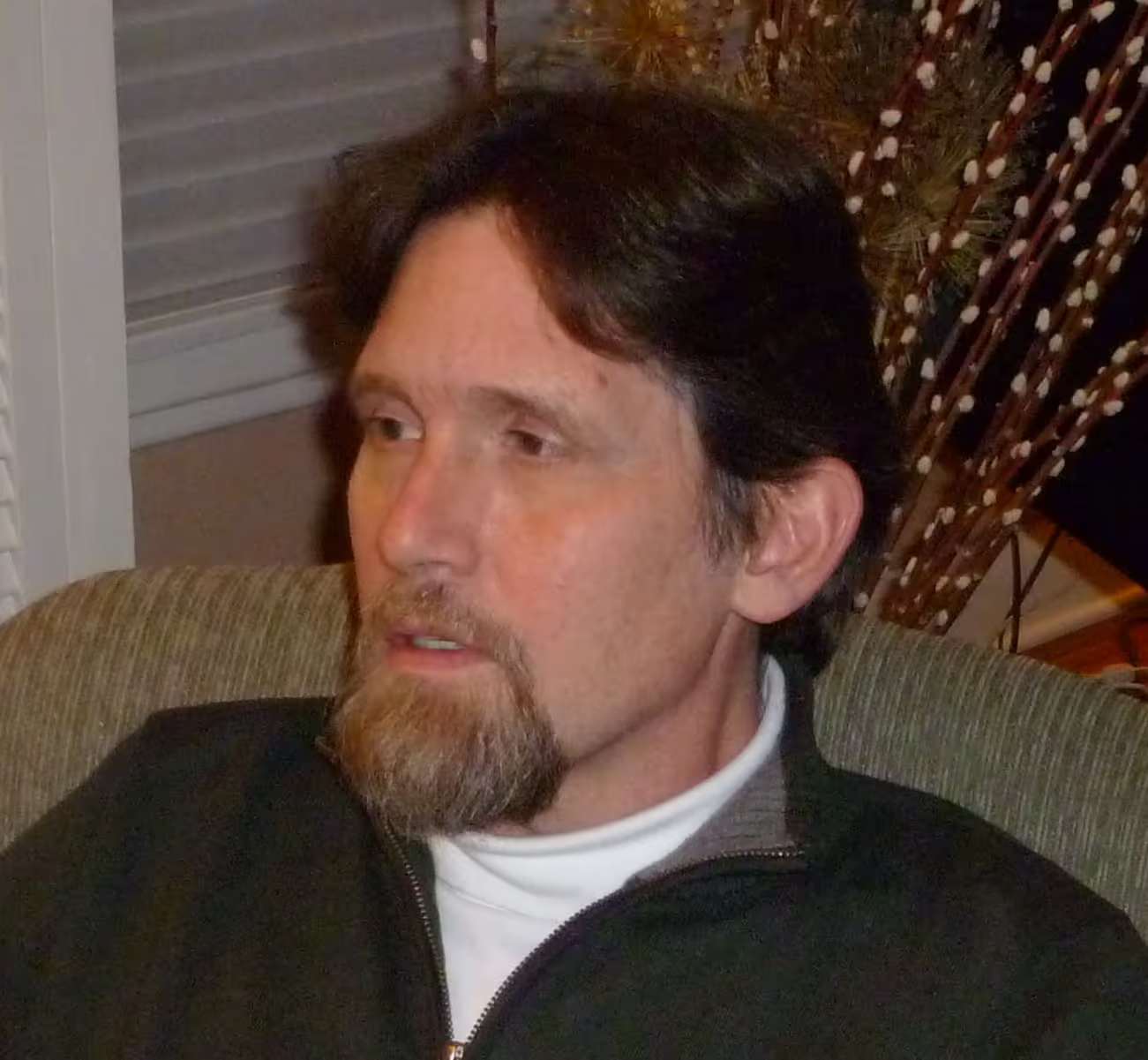The essays by Wilson and Whitehouse introduce an important topic that may lay the groundwork for new approaches to the study of cultural evolution: the development of field sites specifically for investigating cultural evolution. Wilson’s vision for such field sites is modeled on those used in evolutionary biology and ecology—specific locations of biological diversity that are studied over time by multiple researchers. Whitehouse looks toward a slightly different model, one more common in anthropology and psychology, in which multiple investigators located in different sites examine cross-cultural variation and change in coordination. Both are valuable models. Wilson’s site-specific model provides a diachronic perspective by examining stability and change in one location over multiple time periods, but is limited in the range of variation that can be observed from this one site. Whitehouse’s approach provides a broad view of variation, but does not provide the time depth that a site-specific approach does. An obvious thing to do is to combine these two—to have a range of focal sites with good temporal depth that can be compared to one another, and, as Wilson points out, this is precisely were ecology is heading.
How might we create field sites with both time depth and broad regional coverage? One model is provided by Seshat, which is attempting to use historical and archaeological data from 30 specific locations to examine cultural stability and change over long periods of time (Turchin et al. 2015). This is a model that has already been used in archaeology and history, and by combining the two Seshat will provide an extremely useful resource for the study of cultural evolution. However, Seshat is focused on gathering and coordinating extant data, not on collecting new data. How might we create a field site concept for cultural evolution that provides depth and breadth but that is based on new data?
Looking back a century (actually a bit more—to 1896) Franz Boas, in his widely-misread but seminal work on “The Limitations of the Comparative Method in Anthropology”, suggests that in order to understand general “laws” of cultural development anthropology “must not confine itself to comparing [cultures], but wherever such is feasible it must compare processes of growth, and these can be discovered by means of studies of the cultures of small geographical areas.”(p.907-908). What Boas suggested were regional studies of cultural evolution (“development” he called it, as “evolution” implied materialist theories of progress at the time), and he attempted such a study on Vancouver Island. Unfortunately, Vancouver Island did not (and still does not) have a fully explored archaeological record, so time depth is only partially available, even though the historical and ethnographic records are exceptionally rich. Other areas of the world, for example the Southwestern United States and Mesoamerica, have rich ethnographic, historical, archaeological records that could be harvested to create the basis of a regional field site. Those regions have extant indigenous populations as well, and they might serve as informants for new investigations such as those discussed by Whitehouse.
What I suggest as a field site for the study of cultural evolution, then, is really a “field region” with multiple sites in a small area that provides both time depth and cultural variation. Perhaps a city like Binghamton, with a diverse population in a relatively small area, is an example of a “field region”. But Binghamton does not have the time depth that I think is necessary for a true cultural evolution field site (although as an archaeologist my view of time depth is probably much greater than either Wilson’s or Whitehouse’s). So, while I agree that the idea of a field site for cultural evolution is an excellent one, I think we need more discussion to determine exactly what such a field site would look like. Would it be a location, a region, or a group of spatially dispersed sites? What time depth would be desired? What degree of cultural variation would the site need to encompass? These are all answerable questions, and I hope that in time we will address them in order to initiate a serious effort to develop one or more cultural evolution field sites.
References:
1. Boas, Franz. 1896. The Limitations of the Comparative Method in Anthropology. Science 4 (18 DEC): 901-908.
2. Turchin, Peter et al. 2015. Seshat: The Global History Databank. Cliodynamics 6:77-107.
Image: Frances Densmore recording Blackfoot chief Mountain Chief for the Bureau of American Ethnology in 1916.








